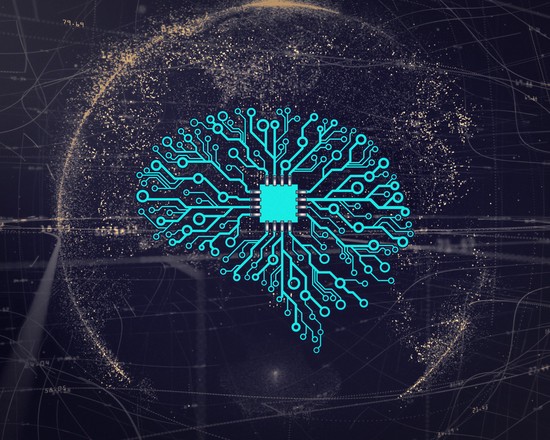
Economic modelling

Consolidate, tag and archive data.

Obtain reference values from the general population.

Approach technology readiness.

Use ML for biomarkers.

Prepare professionals.

Information for all